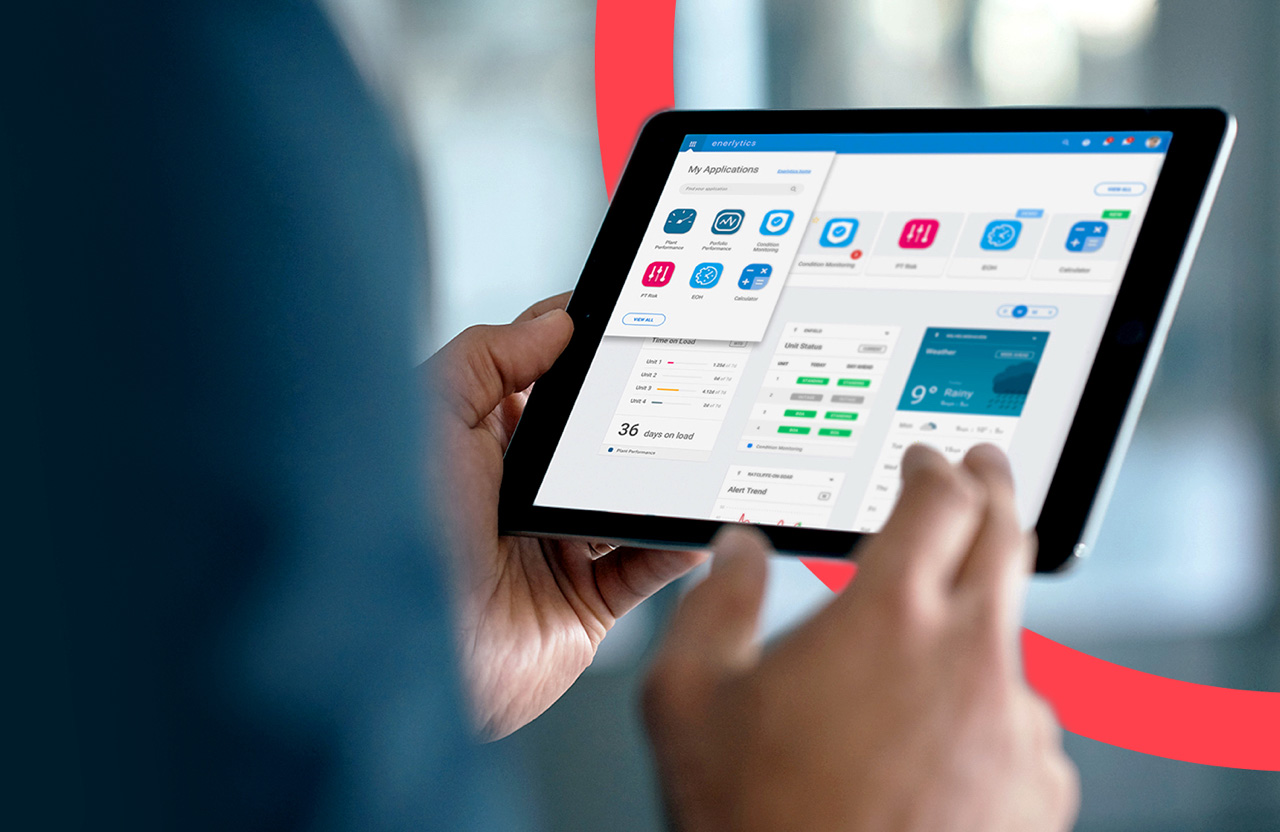Proven strategies
The industry starts from a position well behind other major sectors, notably banking and retail, as well as the leading consumer technology firms, which have all undergone rapid digital business transformation over the past few years. The experience of these pioneers highlights some standardized approaches that can be quickly adopted, speeding up the process for those that follow. Other issues, such as the ability to hire the right talent and skills or to move quickly within existing governance norms, need home-grown solutions that reflect digital transformation priorities.
Commodity trading markets are unlikely to see a revolution in terms of business models. But the relatively slow progress of digital business transformation in this sector means that a major opportunity remains in play—removing low-value processes, which frees up the organization’s money and talent to focus on areas with the greatest potential for value creation. This allows more of the organization’s intellectual firepower to be used for activities where it can achieve a competitive edge.
Other activities need to become much more efficient and automated. Too much of the upside of digitalization remains untapped. There is too little automation, too many data silos, too many in-house data centers and too many off-the-shelf IT packages with overlapping functionalities, and not enough consistency of process and technology across participants in the market.
The missed opportunity
So, while the business opportunities in the coming months may reside in topics such as asset and inventory optimization and a truly agile supply chain, this article focuses on the approach that energy and commodity trading groups need to adopt to successfully overhaul their technology. This needs to be a priority, and this technical roadmap sets out three steps trading organizations should be focusing on now.
The order provided here is not rigid. Although some steps must necessarily come first, others can run in parallel and many organizations have taken steps along this path already. However, to achieve the business objectives that lie behind this digital business transformation—increasing efficiency, building their organizational capability and accelerating innovation to tap new revenue streams—organizations must make progress in all of these steps:














